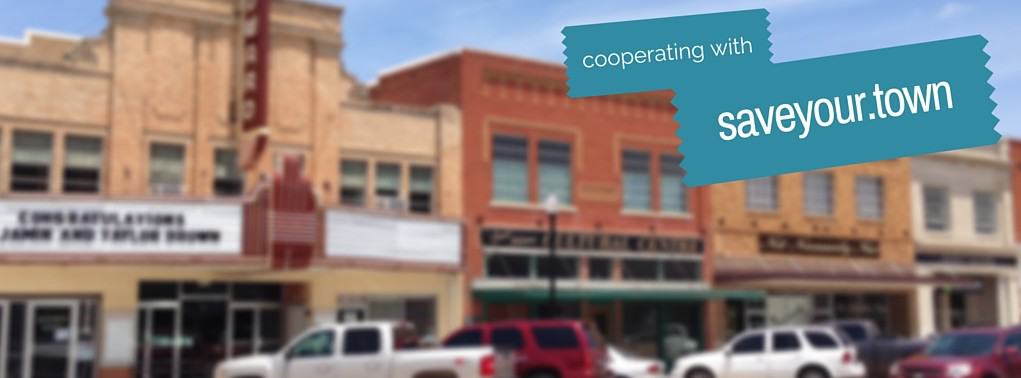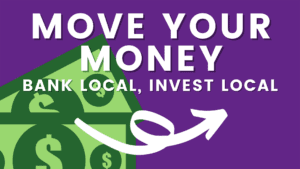Many newly independent small business people make the mistake of giving away too much of their services for free. Many seasoned professionals run into the same issue, like Drew McLellan giving away the milk.
I was at lunch with a peer and friend the other day, telling her a story about how a mutual acquaintance had called me out of the blue to ask for some marketing counsel, which of course I gave her. My lunch companion said, “I hope you charged her.” Gulp.
Andy Sernovitz suggests you give away more. In the comment section under Drew’s article, he said:
Give it away big time. Blog it, share it, speak, write, whatever.
You ideas are your selling tools. Give enough away and real clients will pay for even more.
I give away 100 books/month ($25 each), blog everything, speak for free. And the more I do, the more work I get.
 We want to share our knowledge freely. That’s why we blog, answer questions, talk to others, and do everything we can to share. But we also need to make a living. On the other hand, the more we give away, the more we indirectly market our services. But how do we ever make any money if we never figure out how to charge for our work?
We want to share our knowledge freely. That’s why we blog, answer questions, talk to others, and do everything we can to share. But we also need to make a living. On the other hand, the more we give away, the more we indirectly market our services. But how do we ever make any money if we never figure out how to charge for our work?
How do we know where to draw the line between giving away free ideas, and signing up more paid clients?
Liz Strauss has it figured out, and you do, too, even if you don’t know it yet. Liz created A Personal Model for Business Life.
What I realized is that in my personal life I already draw lines around circles of who I can do things for. Bet you do something like it too.
So here’s how I extended my personal groups into business groups. Now I know who gets how much for free.
- Some people are casual friends and acquaintances. When they come to town or when I go to theirs, I make an effort to meet with them. I’ll point these folks to where they can find the information they need.
- Some people are friends. When they come to town or I go to theirs I do my best to meet with them. I’ll help these folks when I can, especially when it’s something I can do easily.
- Some people are close friends. When they come to town or I go to theirs, I make time for them. These people will get my help and my time unless pressing projects must be a priority.
- Some people are lifelong friends and family. When they have a need I’ll fly to them anywhere on the planet. They’re most likely to get my help and my time for free. We value each other deeply.
Now that I see I already have a working system, it’s easy to decide who gets how much for free. When people I hardly know ask me to do their homework now, I simply say, “I can tell you where you’ll find what you need.” If they push for me to help them, I say, “If you’d like me to do that for you, we’ll need a more formal arrangement to cover my time. I charge $XXX/hour for that sort of work.”
I can’t believe the difference it’s made. How silly of me that I didn’t make this connection before. I wouldn’t fly around the world for just anyone. So what made me think I should give everyone my work for free?
So simple. So straightforward. It incorporates a couple of special factors.
1. You don’t have to turn into “that guy” who charges for every phone call, every second.
2. You get to be a giver. You can write, speak, blog, share, talk, and give away your ideas, without ever reducing the value of your paid services.
Workable?
[Special thanks to Liz Strauss for giving special permission to quote such a huge chunk of her article.]
Update: I used these ideas and much more to put together a toolkit on How To Draw the Line Between Free and Paid. It includes a workbook, audio, a recorded webinar, and more.
This article is part of the Small Biz 100, a series of 100 practical hands-on posts for small business people and solo entrepreneurs, whether in a small town, the big city, or in between. If you have questions you’d like us to address in this series, leave a comment or send us an email at becky@smallbizsurvival.com. This is a community project!
Get the whole series by subscribing to Small Biz Survival. New to SmallBizSurvival.com? Take the Guided Tour.
- About the Author
- Latest by this Author
Becky started Small Biz Survival in 2006 to share rural business and community building stories and ideas with other small town business people. She and her husband have a small cattle ranch and are lifelong entrepreneurs. Becky is an international speaker on small business and rural topics.











Totally workable. I like to kid my friends about having a “Friends and Family” rate that usually works out to $0 on labor, but requesting that they pay for any expenses (stock photo costs, for example). I’m also not the kind of person who tracks every minute on the phone with clients, etc. I don’t have time for that, plus it’s just not who I am. If I can spend five minutes answering a question for free, or ten minutes performing a quick bug fix on a web site, and do it for free, I figure the good will that I build will bring me more business in the future.